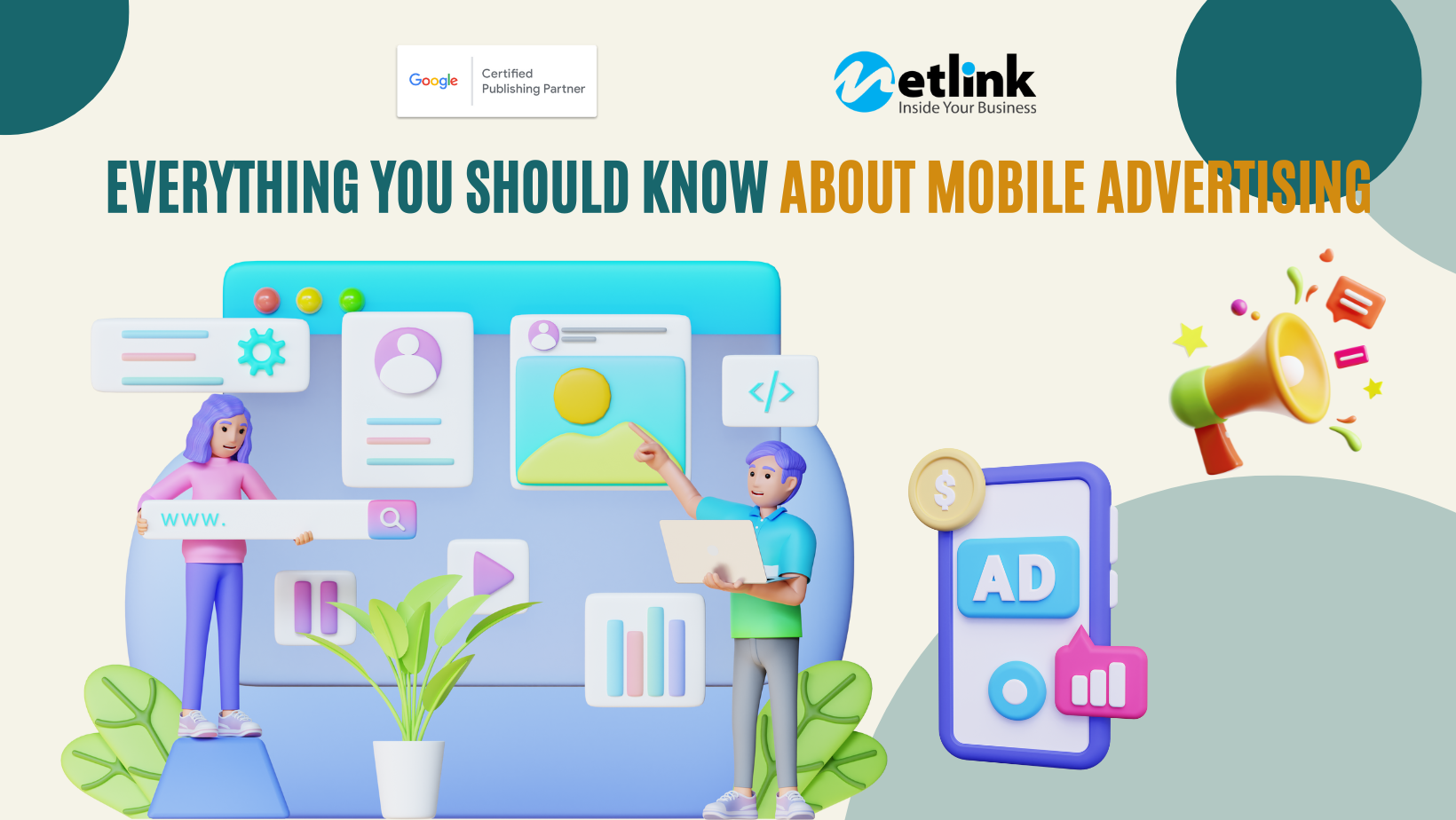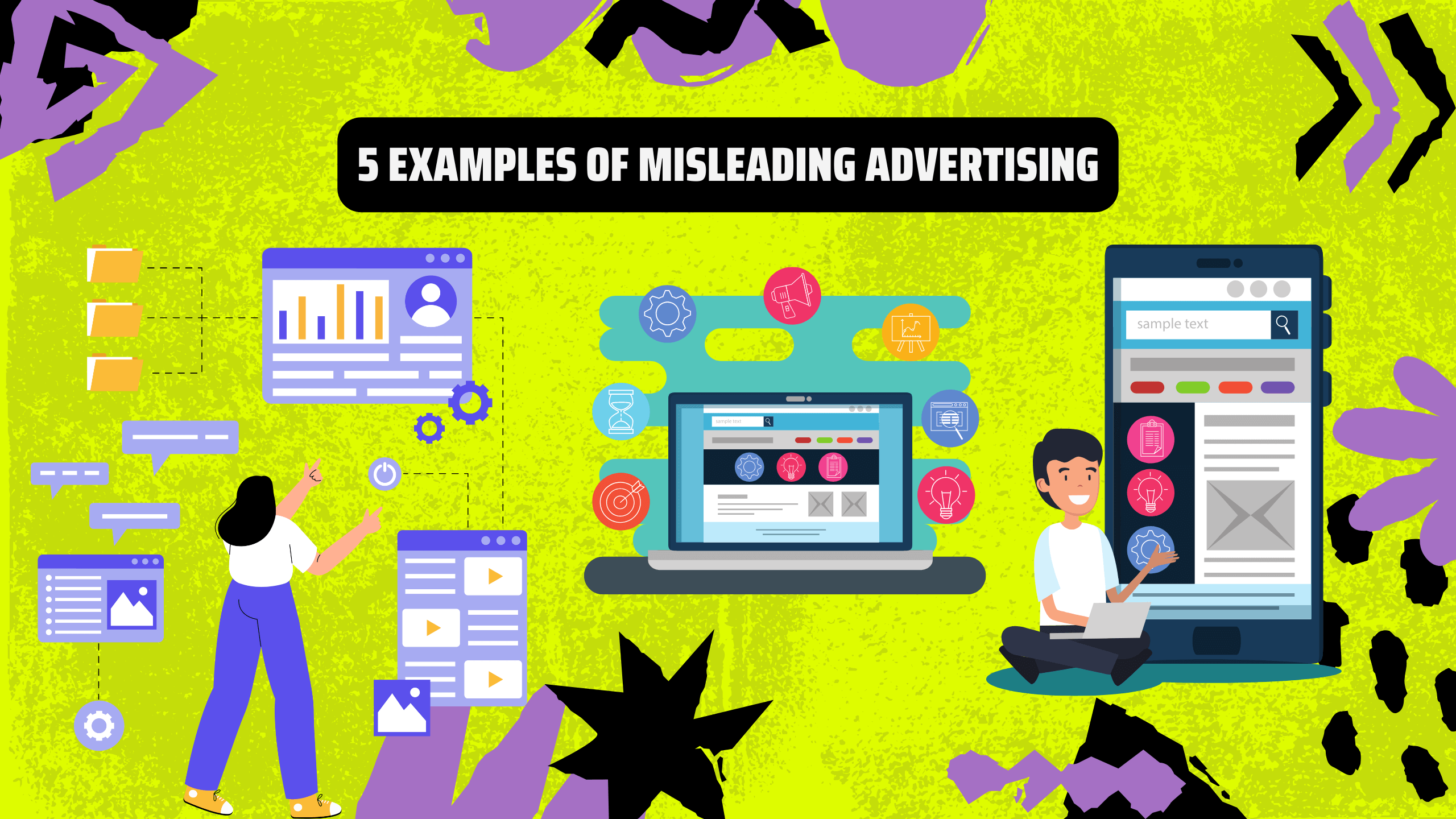In the ever-evolving landscape of digital advertising, mobile devices have emerged as an unprecedented platform for reaching audiences with precision and impact. This blog is your comprehensive guide to mobile advertising—a realm brimming with opportunities for Google publishers to thrive.
I. Unveiling Mobile Advertising:
Mobile advertising involves delivering promotional content to users through their smartphones, tablets, or other handheld devices. It’s a dynamic strategy that capitalizes on the ubiquity of mobile technology to engage users wherever they are. This form of advertising leverages various formats, technologies, and platforms to create compelling campaigns that resonate with audiences.
II. The Mechanics of Mobile Advertising:
Mobile advertising operates through various channels, including mobile apps, mobile websites, and even SMS. Marketers can target audiences based on factors like location, demographics, and user behaviour. The key to its effectiveness lies in its ability to deliver personalized content seamlessly, integrating into users’ mobile experiences without disrupting their activities.

III. Diverse Types of Mobile Advertising:
1. In-App Advertising:
These ads appear within mobile applications, either as banners, interstitials, or even rewarded videos, offering a non-intrusive way to engage users.
2. Mobile Web Advertising:
Ads displayed on mobile websites, similar to desktop banner ads, adapt to smaller screens for optimal user experience.
3. SMS Advertising:
Short Message Service allows brands to reach users directly through text messages, offering promotions, updates, and more.
4. Location-Based Advertising:
Capitalizing on users’ geographic data, these ads provide location-specific promotions, such as offers from nearby stores.
5. Video Advertising:
Mobile video ads appear during app usage or within mobile browsers, offering engaging visual content to capture users’ attention.

IV. Maximizing Revenue with Mobile Advertising:
– Wider Reach: Mobile devices have become integral to users’ lives, offering a vast audience for advertisers to tap into.
– Engagement: Mobile ads are tailored to user’s preferences and behaviours, leading to higher engagement rates.
– Targeted Advertising: The ability to leverage user data ensures that ads are highly relevant, increasing the likelihood of conversions.
– Interactive Formats: Rich media formats like interactive ads and videos offer immersive experiences that resonate with users.
– Measurement and Analytics: Mobile advertising provides detailed insights into ad performance, enabling publishers to fine-tune strategies for better results.
– Monetization Opportunities: Google publishers can capitalize on mobile ads to generate revenue from their apps and websites, diversifying income streams.
V. Paving the Path to Revenue:
For Google publishers, mobile advertising represents a lucrative avenue to maximize revenue. By seamlessly integrating relevant ads into mobile apps and websites, publishers can offer valuable content to users while generating income. Leveraging Google AdMob and Google AdSense, publishers can access a wide range of mobile advertising formats and tap into Google’s extensive advertiser base. This not only ensures high-quality ads but also provides publishers with the tools to optimize ad placements and formats for the best outcomes.
Conclusion:
Mobile advertising isn’t just a trend; it’s a strategic imperative for Google publishers seeking to flourish in the digital realm. By understanding its mechanics, embracing its diversity, and harnessing its revenue potential, publishers can navigate the mobile advertising landscape with confidence. Stay ahead of the curve, captivate audiences, and maximize revenue—let mobile advertising be your catalyst for success.










